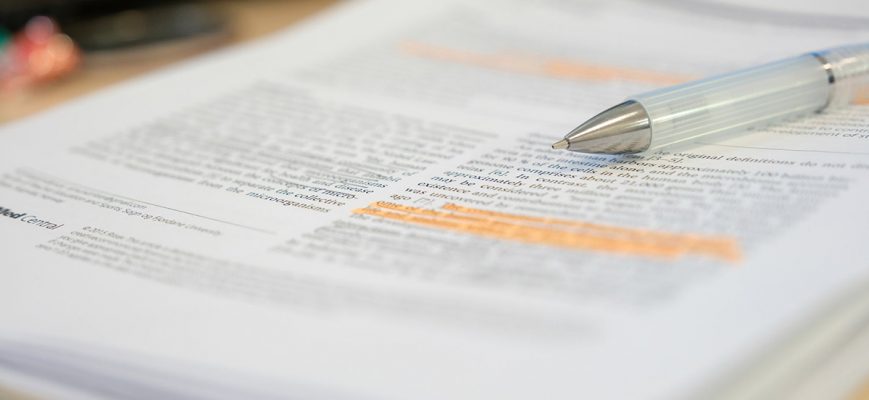What to expect from an Academic Editing and Translation service
Excellent academic writing is about much more than compelling research content. Learning how to master the skill of communicating your research in a clear, eloquent, concise, and — perhaps above all — consistent style is crucial to academic success. This means that academic editing is of paramount importance, especially when translating your academic work into another language, or when writing in a language you have not yet fully mastered.
Should I use in-text parenthetical citation or footnote citation? Should I use the serial comma? How can I make sure that all my research groups’ publications are consistent in their language, spelling, format, and style? Academic writers, translators, and editors are constantly confronted with these types of questions.
We only work with translators and editors who are native-speakers of the target language to ensure language- and region-specific preferences are met; and copy flows naturally, without losing the context, tone and/or meaning of the original piece.
Academic Style Guides: Why and Which One?
Style guides consist of guidelines on everything from punctuation to reference style to spelling to syntax. They help writers produce publications with a coherent style that makes the content easier to read and understand.
In the academic world, different disciplines, universities, and journals use different styles. So the writing and reference style in a doctoral thesis or grant proposal in biochemistry will be quite different from one in art history, which in turn will be very different from one in sociology.
Along with hard copies, most style guides offer a complete online edition as well as blog posts, quick citation guides, and forums where users can share and discuss their doubts. Furthermore, academic style guides are continually updated to accommodate changes in usage and to address new issues concerning emerging types of media and technology.
We offer a preparatory consultation to discuss with you which style guide might the most appropriate for your field and content.
Here is a brief list of some style guides commonly used in academia today:
The Chicago Manual of Style (CMOS):
This manual is used widely in history, fine arts, business, literature, and more. It’s currently in its 17th edition.
The European Commission English Style Guide:
Originally intended for English editors and translators working for the European Commission, its guidelines are useful for texts concerning legal, business, financial, and governmental topics in Europe. It is currently in its eighth edition.
MLA Handbook:
Produced by the Modern Languages Association, this style is usually used in language arts and humanities. It’s currently in its eighth edition.
The AMA Manual of Style:
Produced by the American Medical Association, this guide is used in medical literature. It is currently in its 11th edition.
Publication Manual of the American Psychological Association:
APA style is used in the social sciences, education, and health sciences. It is currently transitioning from the sixth to seventh edition.
The AP Stylebook:
The Associated Press Stylebook is used internationally by journalists. It is currently in its 55th edition.
Quicksilver’s Academic Editing and Translation Department
Here at Quicksilver Translate, we have translators and editors specialized in academic writing in a variety of fields, with practical experience at the master’s and doctoral level as well as the expertise and resources needed to apply any type of academic style and/or research and format references. Our editing service can be combined with translation, or not. If you work in academia and are writing in your first language, but publishing in English (or another language) you’ll probably need an academic editing service.
Our in‑house editors will take your text from good to great!
For more information on our academic services, please visit our Services page or contact us by email at info@quicksilvertranslate.com.

